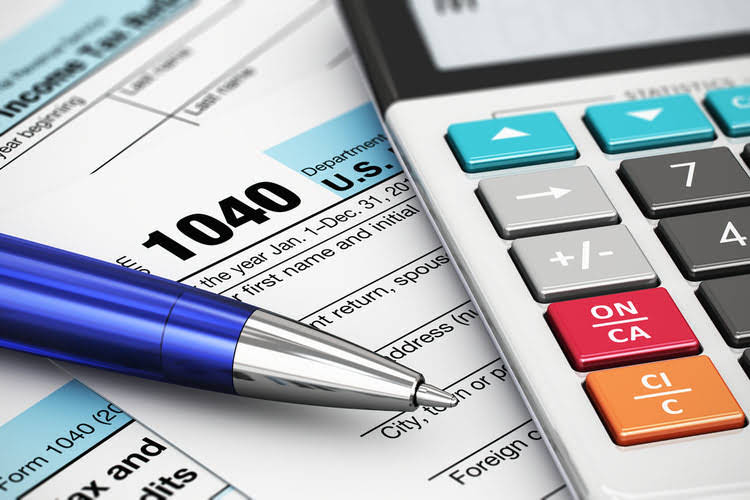
A company’s order of liquidity is an important factor to consider when assessing its financial health. Order of liquidity is the order in which a company must liquidate its assets in order to meet its obligations. Is gross vs net your car rare, expensive, or custom (in which sellers may be disinterested)? There are many factors to contribute, although most cars can generally be sold quickly.
Sign up for the Dummies Beta Program to try Dummies’ newest way to learn.
- All too often, people are short on cash and have too much wealth tied up in illiquid investments such as real estate.
- Money owed to the business through normal sales is considered by the company’s sales terms, so receivables may have a 30- or 60-day liquidity, for example.
- Last on the balance sheet is the goodwill, which could be realized only at the time of sale or any other business restructuring.
- In general, the more liquid an asset is, the less its value will increase over time.
- It may also take an unforeseeably long amount of time to collect payment from a delinquent client.
You will be more likely to sell your vehicle for less and may find it difficult to find buyers for your top dollar quote. Assets may be described as liquid to explain that they have fluidity, have flexibility, and can easily change. As opposed more rigid assets that can’t be easily exchanged for cash, fluid assets can easily change form and be quickly traded. The quick ratio and the current ratio are key financial statement ratios used to break down liquidity levels and analyze solvency.

What Are Liquid Assets?

“Marshalling” refers to a creditor’s right to realize his or her debt from assets acquired by another secured creditor. “Contribution” deals with the situation where two or more creditors have competing liens on one piece of property. Assets are prioritized by their liquidity, whereas liabilities are prioritized by their permanency. A specimen of the balance sheet marshalled using order of permanence is shown below. The order of liquidity concept is not used for the revenues or expenses in the income statement, since the liquidity concept does not apply to them. Get full access to Crash Course in Accounting and Financial Statement Analysis, Second Edition and 60K+ other titles, with a free 10-day trial of O’Reilly.
Create a Free Account and Ask Any Financial Question
Money owed to the business through normal sales is considered by the company’s sales terms, so receivables may have a 30- or 60-day liquidity, for example. Inventory might take a month or two to be converted through turnover and sales. In some cases, inventory may be resold quickly, so its place in the order of liquidity may vary by company. Arranging assets and liabilities in the order of liquidity provides useful information about a company’s short-term financial health and its ability to meet how to list assets in order of liquidity its short-term obligations.
- Inventory might take a month or two to be converted through turnover and sales.
- We may earn a commission when you click on a link or make a purchase through the links on our site.
- Assets are prioritized by their liquidity, whereas liabilities are prioritized by their permanency.
- In short, the order of liquidity concept results in a logical sort sequence for the assets listed in the balance sheet.
- You will be more likely to sell your vehicle for less and may find it difficult to find buyers for your top dollar quote.
- For reporting the financial health of a business, few reports are as essential as the balance sheet.
Some of a company’s assets are cash or things that can be converted to cash quickly. This gives assets priority when being classified on a balance sheet, since converting assets to cash may be a priority with lenders or potential buyers. The ability to convert assets to cash is called liquidity and it’s measured roughly in units of time. Those assets that convert quickly into cash, usually within one year of the balance sheet’s creation, are called current assets.
Do not sell my personal information

Because they are the most liquid, meaning, you can convert them to cash quickly and easily. The order is important because it reflects which assets you are going to use in order to pay liabilities. For example, a company that relies on inventory would have a different order of liquidity than a company that relies on receivables.
How are assets and liabilities arranged in the balance sheet?
This form of presentation is illustrated in the following balance sheet example, where the most liquid assets are listed first. In business, liquid assets are important to manage for both internal performance and external reporting. A company with more liquid assets has a greater capability of paying debt obligations as they become due. Cash is the most liquid asset possible as it is already in the form of money. This includes physical cash, savings account balances, and checking account balances. It also includes cash from foreign countries, though some foreign currency may be difficult to convert to a more local currency.
In which order assets and liabilities of a company are usually marshalled?
Liquidity measures the capability of the cash generation capability of any asset. It gives an idea about the dividends that the shareholders will receive. With a uniform listing criterion established by an accounting GAAP, it becomes easier for various stakeholders to understand, analyze the company’s balance sheet and make decisions accordingly. This increases both intra-company and inter-company balance sheet comparability. There are several key ratios analysts use to analyze liquidity, often called solvency ratios.

Non-current assets are listed next because they are not as easily converted to cash. Balance sheet liquidity is a measure of a company’s ability to meet its financial obligations with its liquid assets. One of the best places to keep an emergency fund can be a high-yield savings account.